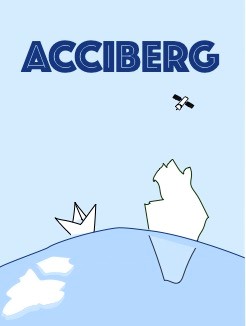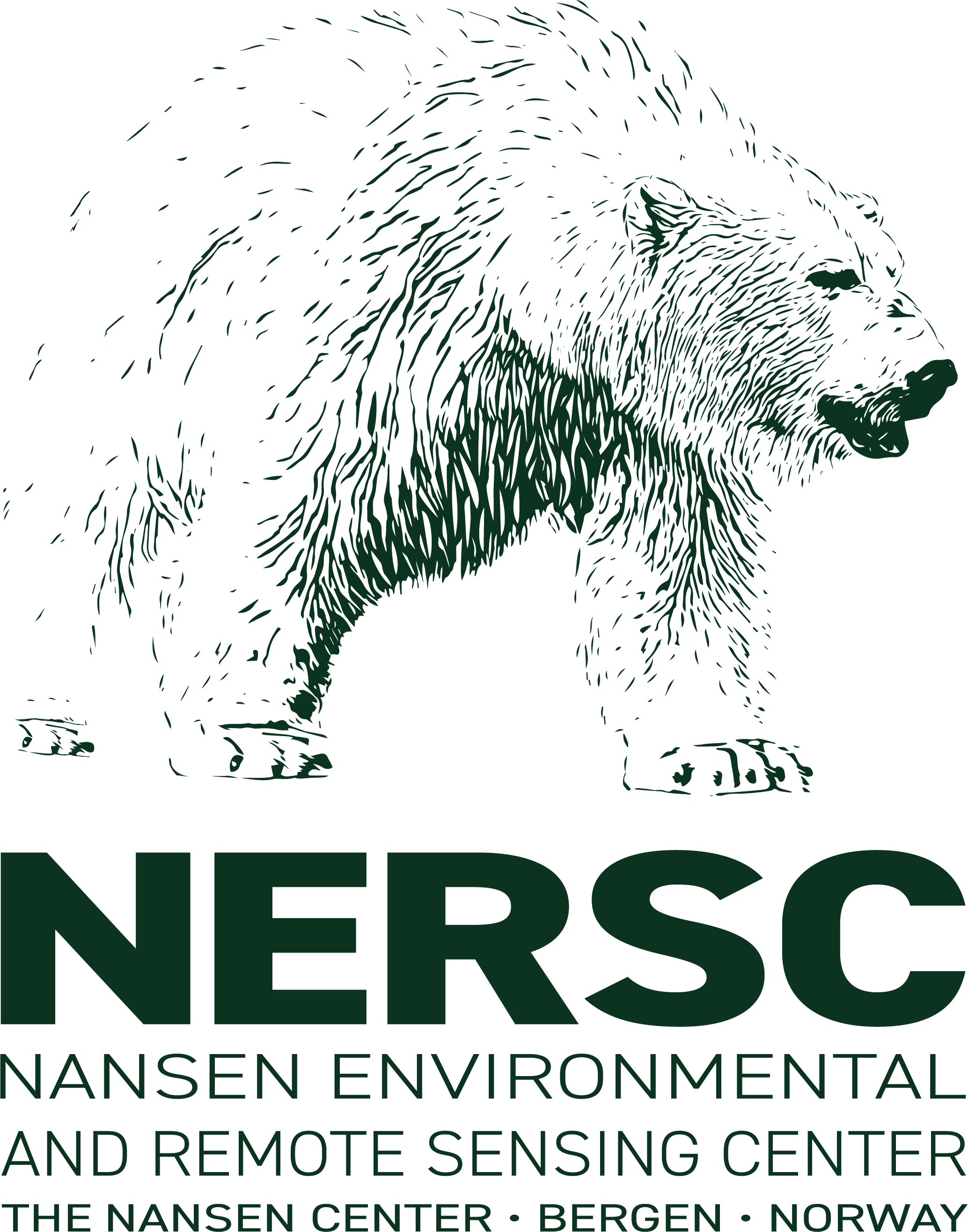Developing a new iceberg forecasting service and improving the quality of Arctic sea ice forecasts across Copernicus Marine and Climate Change services
News
Iceberg Tagging Photo Gallery
The field campaigns to deploy GPS trackers onto icebergs have resulted in some fantastic images and videos of icebergs in remote parts of the Greenland coast. Head to the Photo Gallery on the Iceberg Activities page to scroll through the pictures from the campaigns. Many thanks to the SEDNA team and Sagax Entertainment for compiling these.
Juliette helps us produce better forecasts
How do we know what happens over the lifetime of an iceberg? By placing a GPS tag, in this case named Juliette, on an iceberg, we can get a rare glimpse into its journey – and a chance to improve forecasts of iceberg trajectories. That’s important in a warming Arctic, and where shipping and tourism are predicted to increase.
Iceberg Tagging Campaigns
The west coast of Greenland is home to the main iceberg-producing glaciers of the region, where huge icebergs calve directly into the sea. The area between Disko Bay and Melville Bay can produce thousands of icebergs each year, the largest of which are ground in the fjords and never become free.
Article: EU Space in action: the Arctic edition
ACCIBERG has been profiled in a magazine article for the EU Agency for the Space Programme (EUSPA).
Newsletter No. 5
The latest ACCIBERG newsletter is now available to download, with reports on the latest project results on the iceberg forecast developments and progress in putting these forecasts on Copernicus’ EDITO Platform and
MetNo’s Værio Platform.
ACCIBERG at the UNOC3 Conference
Together with our project partners from Mercator Océan Intl., Laurent Bertino joined the UN Ocean Conference 2025 to demonstrate progress made in the ACCIBERG project on how to forecast sea ice and icebergs. He joined the European Digital Twin Ocean platformat the European Digital Ocean Pavilion "La Baleine" on Thursday 5th June.
Iceberg trackers have been deployed
May in the Arctic means the arrival of permanent daylight, and the onset of the breakup of the sea ice around Greenland. This means that the first deployments of GPS trackers onto icebergs around Greenland could take place last week. A team from the travel company Sedna-Explore have volunteered to help the ACCIBERG project tag the icebergs.



